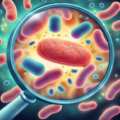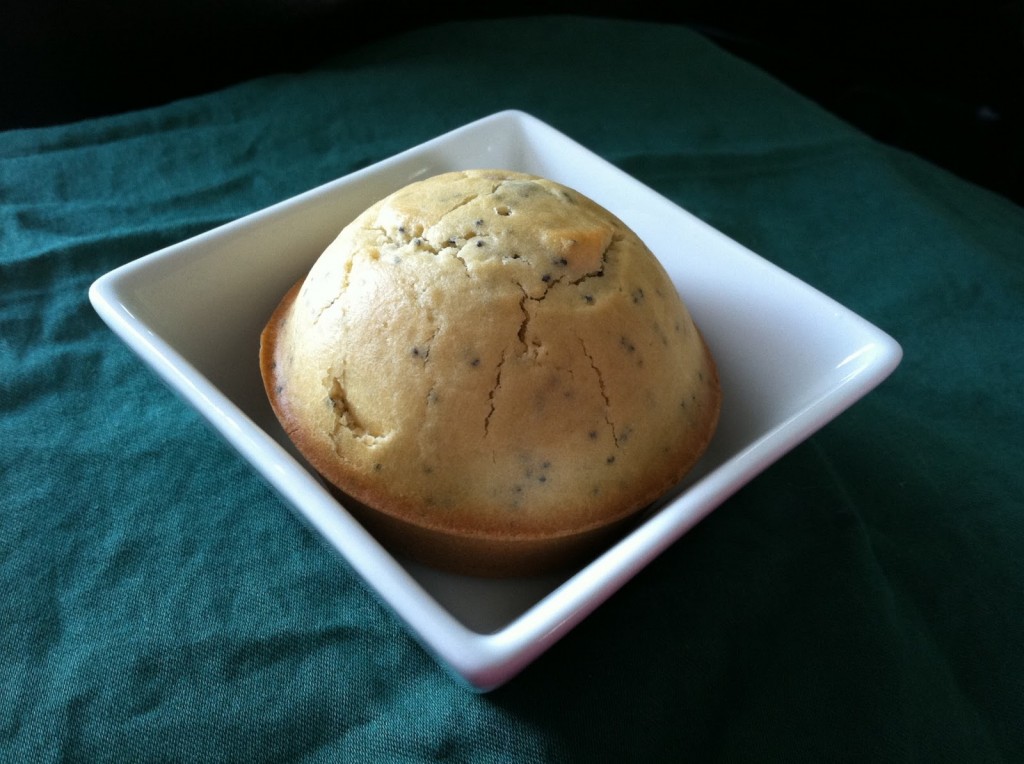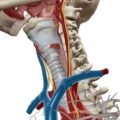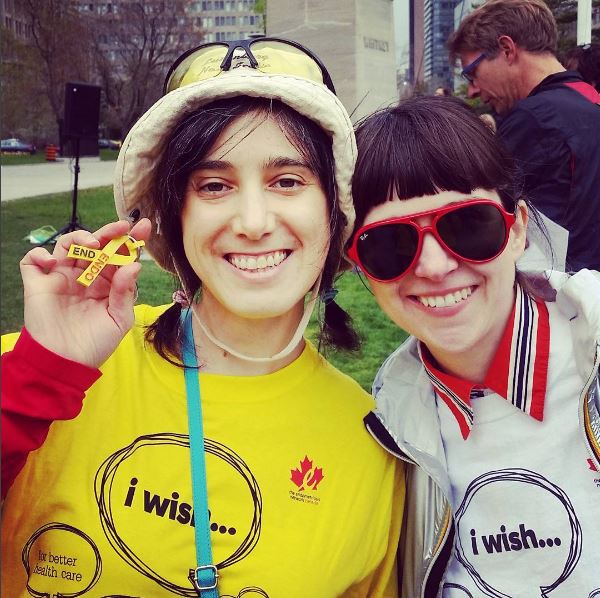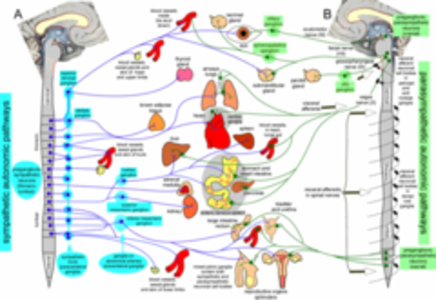Female monkeys bred in captivity develop endometriosis at rates similar, if not a little higher (~20%) than those of the general population of women. Histologically, the endometriotic tissue in monkeys is identical to that in human women. Clinically, however, by the time symptoms present in monkeys or are recognized by their caregivers, the endometriosis has fully invaded the peritoneal cavity and the severity of the disease is often significant. With similarities in disease expression and because full medical necropsy (autopsy) reports are kept on all animals raised in captivity, investigating endometriosis in monkey may provide insight into this complicated disease process. Indeed, the few studies that have addressed endometriosis in monkey populations demonstrate clues overlooked in human research.
Risk Factors for Endometriosis in Monkeys
Like women, the risk factors in monkeys include, familial history, age, estrogens and environmental exposures. The link between estrogens, specifically estradiol implants, increases significantly with repeated exposures. Monkeys who have had more than three estradiol implants over the course of their lifetimes were nine times more likely to have the disease than their counterparts. Similarly, connections between environmental toxin exposures and risk of endometriosis have been noted.
An interesting finding in monkeys, perhaps not identified in humans, is a link between uterine surgery (hysterotomy), such as c-section or abortion and increased risk of ectopic endometriosis, by as much as five-fold. The theory being that the surgery ‘seeds’ the disease process by releasing the endometrial cells into the peritoneal cavity. Laparoscopic surgeries do not appear to increase risk, but the data are limited.
Gut Microflora
Like human women, female monkeys with endometriosis often have intestinal involvement with bowel movement irregularity, and as the disease progresses, visible endometrial implants along the large and small intestines. The presumption is that the damage to intestines arrives from the outside in; that is, from the endometrial tissue growth bearing down on the intestines and other organs. What if, there are factors within the gut that predispose or at least increase the risk or severity of intestinal involvement? It turns out, there may intestinal factors that influence disease progression – the intestinal microflora.
In recent decades, our understanding of the importance of gut bacteria has increased significantly. We know that there are good bacteria and bad bacteria and that shifting the balance between those bacterial populations can lead to a host of health problems. In monkeys with endometriosis, the balance of bacterial power is significantly shifted in favor of yeast over-growth, gram-negative microbes and general intestinal inflammation. Compared to healthy controls, monkeys with endometriosis had significantly lower concentrations of lactobacillus, the good bacteria combined with significantly higher concentrations of gram negative bacteria such as E.Coli, Salmonella, the families of Enterobacteria, Klibsiella and Proteus. Additionally, intestinal inflammation was more prevalent in monkeys with endometriosis than in healthy monkeys. Is there a connection between gut bacteria and endometrial pain or gut bacteria and IBS? With the former, there is still too little research to tell, but relationship between gut bacteria and IBS is becoming more clear.
Gut Microflora, Irritable Bowel Syndrome and Probiotics
Irritable bowel syndrome (IBS) and endometriosis often co-occur. IBS can be misdiagnosed or pre-diagnosed ahead of endometriosis. Research suggests altered intestinal microflora in IBS similar to that identified in the monkey research described above, with reduced lactobicillus bacteria in combination with increased gram-negative bacteria. Endometriosis was not a variable. Could probiotic treatment improve IBS and by extension endometriosis related intestinal symptoms? Possibly.
A recent double-blind, placebo controlled study investigated whether a six month treatment protocol with probiotics relieved the common IBS symptoms of abdominal pain, distension, bowel movements (diarrhea and constipation), flatulence and stomach rumble. The researchers found a median reduction of symptoms 42% in the probiotic group versus the placebo group. The largest and statistically significant reductions were observed in abdominal pain and distension with few significant improvements in the quality or constitution the the bowel movements.
Though probiotics are common supplements in complementary care, no studies that I can identify have looked at either the gut bacteria in human endometriosis patients or evaluated the use of probiotics with these patients. With limited research from the monkey studies, however, perhaps we ought to look at the role of intestinal microflora and in women suffering from endometriosis. At the very least, restoring the balance of gut microflora could improve overall health. Moreover, I can’t help but think that as more and more studies link endometriosis and autoimmune diseases to alterations in micronutrients like vitamins A, B and D, damage to and/or changes in gut microflora might be involved.
We Need Your Help
More people than ever are reading Hormones Matter, a testament to the need for independent voices in health and medicine. We are not funded and accept limited advertising. Unlike many health sites, we don’t force you to purchase a subscription. We believe health information should be open to all. If you read Hormones Matter, like it, please help support it. Contribute now.

